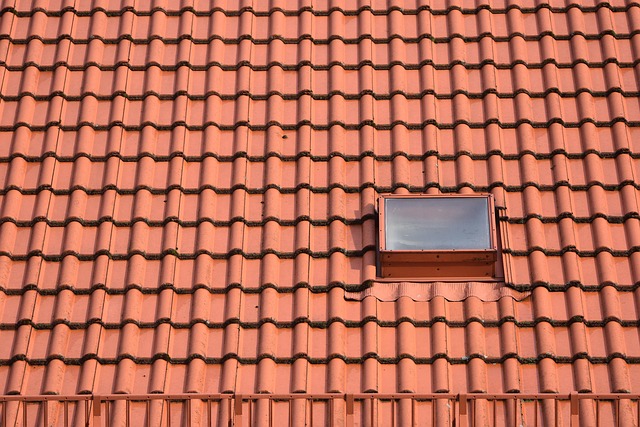Discover Container Homes of 2025: Modern Living Options
Container-based homes are moving from niche experiments to practical living options across South Africa. In 2025, improved insulation systems, greener power setups, and tighter local compliance have made them more viable for families, holiday lets, and compact urban infill. This overview explains what’s changed, what it costs, and how to approach a compliant, comfortable build in your area.

South Africans are increasingly considering container homes as a way to build faster, manage budgets, and reduce waste while still achieving durable, modern living spaces. The 2025 landscape looks different from a few years ago: insulation packages have improved, hybrid solar systems are easier to specify, and there’s broader awareness of municipal approvals, structural engineering, and energy-efficiency standards. The result is a housing format that can work for city plots, smallholdings, and coastal retreats, provided planning and execution are handled professionally.
Container Holiday Homes
Container holiday homes have become popular for owners who want a lock-up-and-go retreat that’s easy to maintain and quick to install. A single 12 m unit can be configured as a compact studio with a deck and outdoor shower, while two joined 12 m containers can create a comfortable two-bedroom getaway. For coastal or bush locations, corrosion protection, adequate shading, and cross-ventilation are crucial. Many owners pair these units with modest solar and rainwater systems to reduce dependence on grid power and municipal water.
If you plan to rent the unit to travelers, consider privacy, acoustic performance, and robust finishes that tolerate high turnover. Durable floors, external cladding to reduce thermal gain, and secure doors/windows will pay off over time. Municipal rules differ, so check whether short-stay use is permitted on your parcel and obtain plans signed off by a registered professional. Where container holiday homes form part of tourism ventures, parking, wastewater handling, and fire safety (including proper egress) are key design checkpoints.
Cost of Building Your Own Home
The cost of building your own home from containers varies by container size (6 m vs 12 m), number of modules, structural work (cut-outs and joining), insulation spec, interior fit-out, and site services. As broad guidance in South Africa, an entry-level insulated 12 m shell (no plumbing/electrical) can land in a mid six-figure range in rand once steelwork, doors/windows, and basic finishes are included. A fully fitted 12 m studio with bathroom and kitchenette typically ranges higher, while a two‑container, two‑bedroom layout with mid-spec finishes can approach lower seven figures, excluding land and major civils.
Beyond the container itself, budget for professional fees (architectural/technologist design, engineering sign‑off), municipal plan approval, foundations or piers, delivery and cranage, on‑site connections (water, sewer, electricity), and energy upgrades like solar and batteries. Costs can rise when joining multiple containers or adding large openings that require reinforcing. Always treat any number as an estimate rather than a quote, as suppliers price by spec, distance, and time-of-year workload.
A few established South African container conversion companies supply turnkey or shell options. The estimates below are for orientation only and exclude land, major foundations, and unusual site conditions.
| Product/Service | Provider | Cost Estimation |
|---|---|---|
| 6 m used container with basic modifications | Big Box Containers | R120,000–R220,000 |
| 12 m insulated shell (no plumbing/electrical) | Container World | R180,000–R320,000 |
| 12 m fully fitted studio (bathroom, kitchenette) | Absolute Containers | R300,000–R600,000 |
| Two 12 m joined, 2‑bed turnkey (mid-spec) | Container World | R650,000–R1,200,000 |
| Local delivery (0–100 km, cranage excluded) | Big Box Containers | R8,000–R25,000 |
Prices, rates, or cost estimates mentioned in this article are based on the latest available information but may change over time. Independent research is advised before making financial decisions.
Most Expensive House in the World
Searches for the “Most Expensive House in the World” highlight ultra-luxury estates measured in billions of rand, often with expansive footprints and bespoke materials. Container homes sit at the opposite end of the spectrum: compact, efficient, and designed to do more with less. Yet they can still be high-design, with timber cladding, green roofs, and well-planned interiors. In South Africa, where climate and energy security are major considerations, a thoughtfully insulated and shaded container dwelling can feel premium without chasing extreme budgets. Rather than competing with record-breaking mansions, container projects focus on resilience, speed, and thoughtful use of space.
Practical success depends on doing the fundamentals well. Work with registered professionals for plans and structural certification. For comfort, specify high‑density insulation to roofs and walls, thermally broken windows where possible, shading to north and west, and cross‑ventilation. In coastal zones, add robust corrosion protection and regular maintenance. If load shedding is a concern, right-size a solar‑plus‑battery setup and choose energy‑efficient appliances and lighting to keep daily consumption manageable.
Conclusion Container homes in 2025 offer a credible path to quality housing that is quick to assemble, adaptable, and easier to site on small or irregular plots. With realistic budgeting, careful attention to approvals and engineering, and climate-appropriate insulation and shading, South Africans can achieve comfortable, durable spaces for living or holiday use. Cost control improves when requirements are clearly defined, and when reputable local services handle fabrication, delivery, and on‑site integration.




